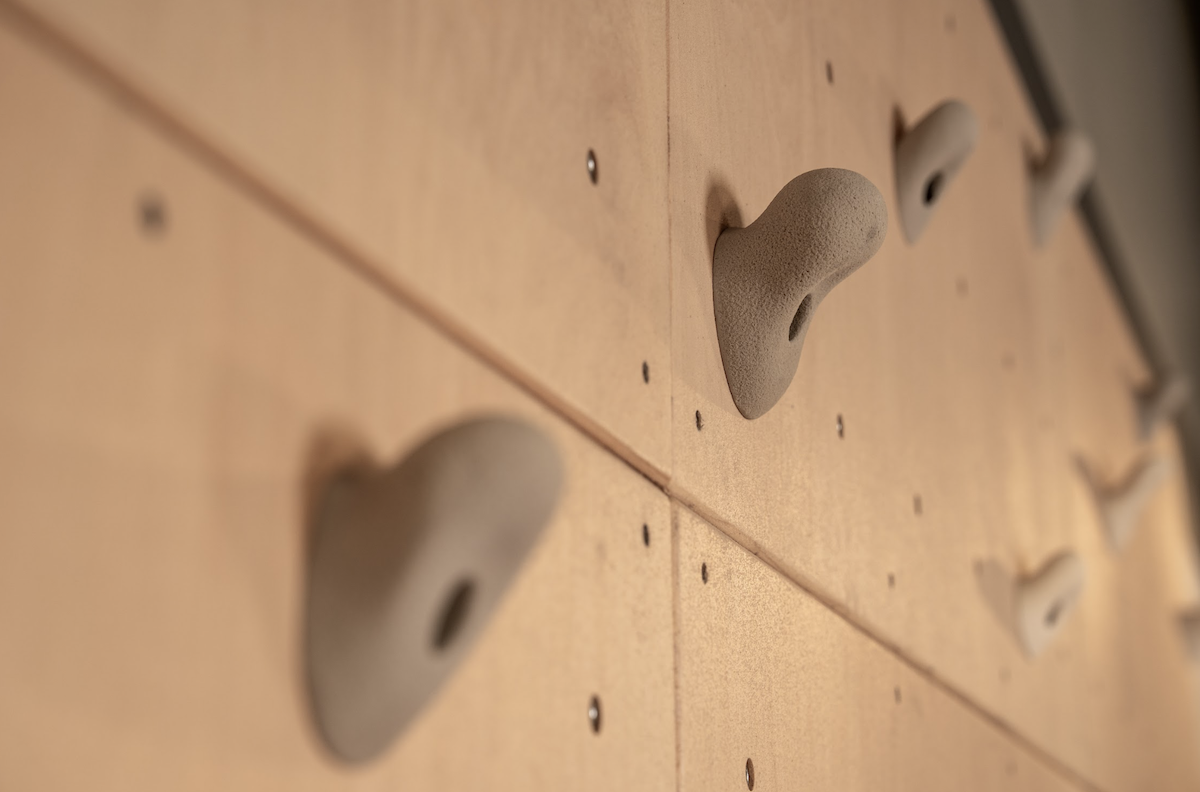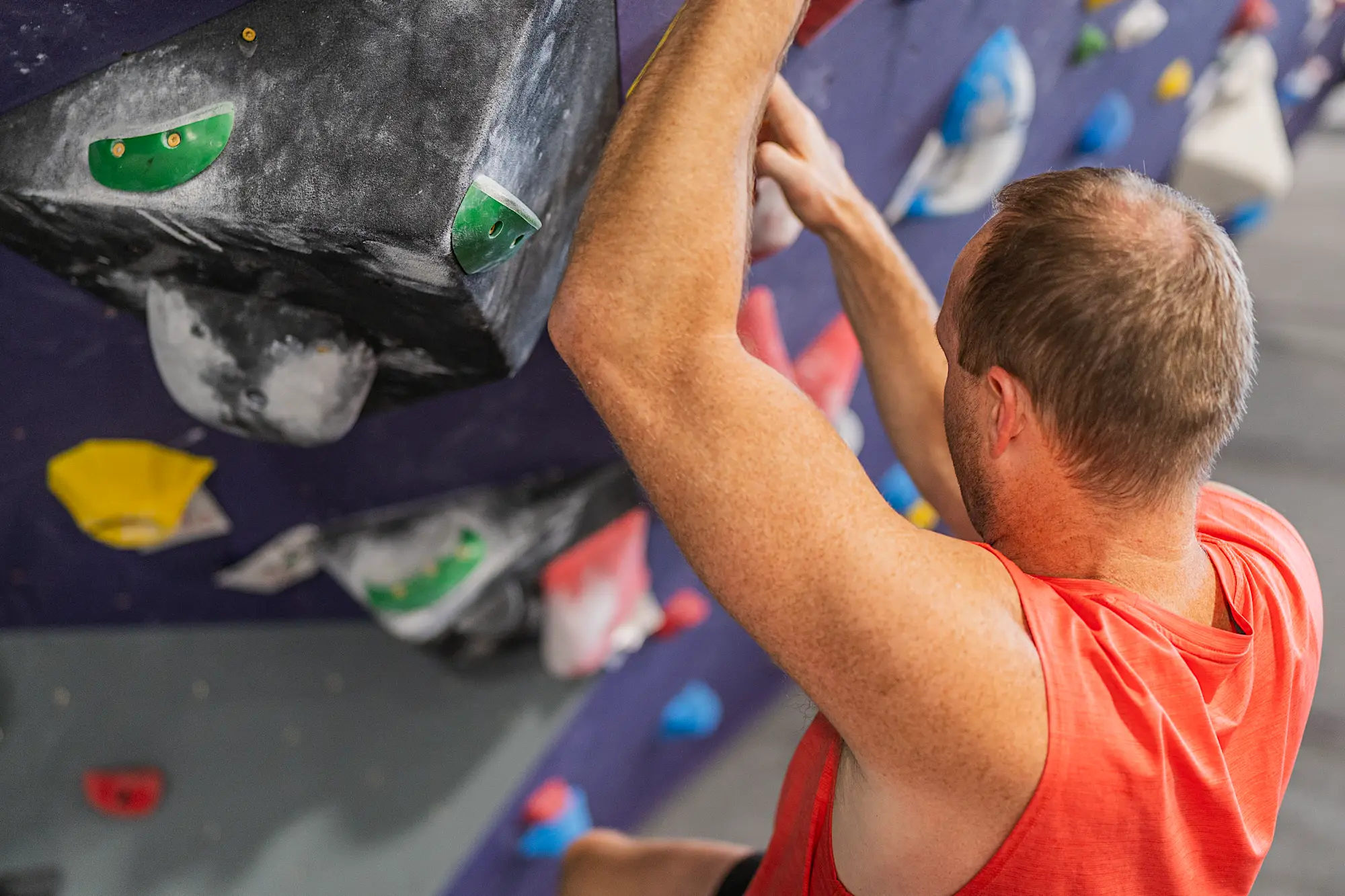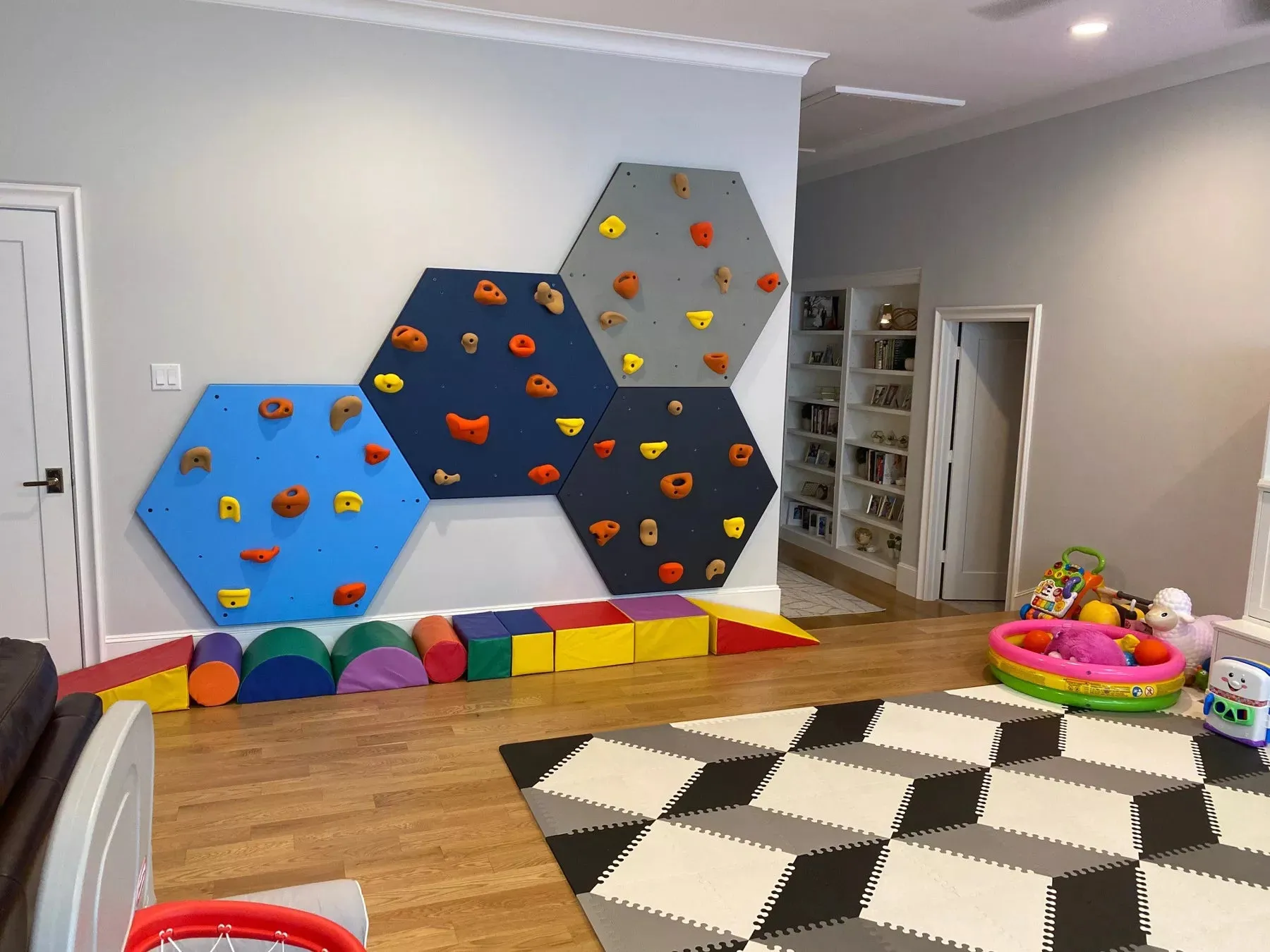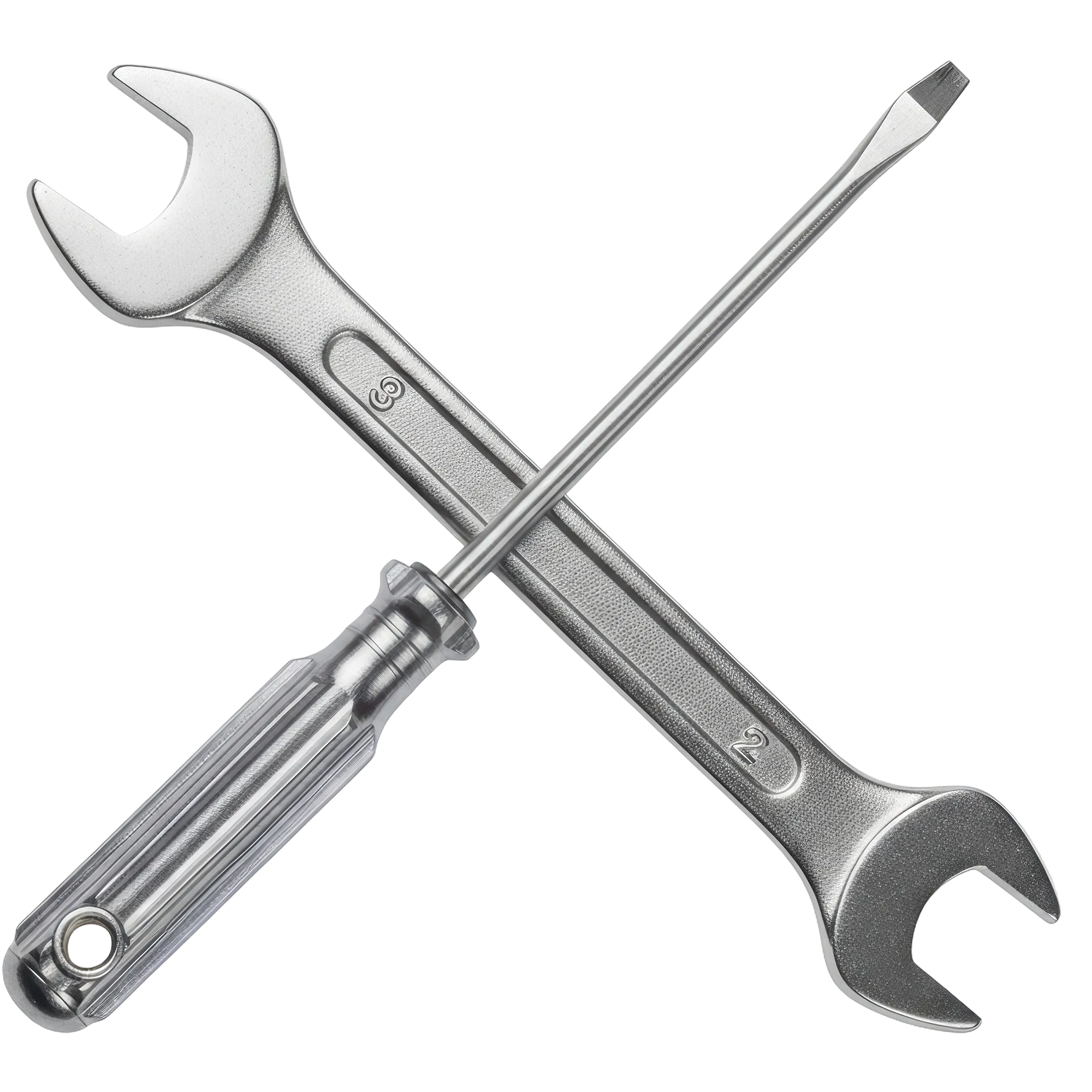
When Stanford University needed a bouldering wall for their recreation center, they faced the challenge of fitting climbing terrain into existing architecture while serving thousands of students daily. Meanwhile, a family in Golden, Colorado wanted to transform a spare bedroom into a training space. Both projects had entirely different requirements, yet both found their perfect solution with custom indoor bouldering walls.
After building over 2,000 climbing wall installations across North America for three decades, we've learned that success comes from understanding the unique demands of your indoor space. Whether you're planning a home climbing wall or a commercial bouldering facility, this guide shares what really works.
Planning Your Indoor Bouldering Wall Space
Minimum Space Requirements for Home Climbing Walls
For residential bouldering walls, height matters more than you might think:
Basic Setup (8 feet): Allows traverse climbing only, perfect for small spaces Recommended Height (10-12 feet):Enables vertical boulder problems with good variety Ideal Height (12-16 feet): Provides a full bouldering experience with challenging routes
Width requirements are equally important. While 8 feet allows limited traversing, we recommend 12-20 feet for diverse movements and engaging route setting.
Commercial Bouldering Wall Requirements
For gyms, recreation centers, and fitness facilities:
Minimum Height: 12 feet (limits route variety) Standard Height: 14-16 feet (industry standard for most facilities)Premium Height: 16-20 feet (competition-level bouldering)
Footprint size directly impacts your climbing experience. While 500 square feet provides basic functionality, 2,000-5,000 square feet allows unlimited creativity in route setting and programming.

Real Projects, Real Solutions
Wake Forest University transformed a narrow 30-foot gym wall into a campus training destination. By incorporating varying angles and a cave feature, we made the space feel twice as large. The cave became the most popular training spot on campus.
A Denver townhome worked with just a 10×10 foot bedroom with 9-foot ceilings. Using our modular Solo Panels in a traverse configuration with strategic angles, we created 80 feet of climbing movement in only 100 square feet of floor space.
Sacred Heart University converted a racquetball court into their bouldering area. The 20-foot ceiling height was perfect, but the narrow width required creative design. We installed opposing walls with different angles, effectively doubling the climbing space while preventing collisions.
DIY vs. Professional Installation
Installing Your Own Home Bouldering Wall
For DIY enthusiasts, home installation is achievable with the right preparation:
Before You Start:
- Locate wall studs precisely (typically 16 inches on center)
- Clear your space completely
- Gather essential tools: drill, level, stud finder, wrenches
- Recruit a helper (panels are manageable but easier with two people)
Installation Steps:
- Mount ledgers or mounting frames
- Test fit your first panels
- Complete all panel mounting
- Install initial climbing holds
- Set up safety flooring
Professional Installation for Commercial Facilities
When Eldorado handles your commercial climbing wall installation, you get comprehensive service:
Pre-Installation: Site surveys, structural engineering review, and permit coordination Production: Custom fabrication in our Louisville, Colorado facility Installation: Framework construction, panel installation, painting, hold setting, and safety flooring Quality Control: Daily progress documentation, safety verification, and staff training
Our engineering team solves complex challenges including load distribution, older building reinforcement, steel frame integration, and basement moisture considerations.
Maintenance That Protects Your Investment
Daily and Weekly Tasks
- Brush holds in high-traffic areas
- Check for spinning holds
- Inspect flooring for gaps
- Document any surface damage
Monthly Requirements
- Deep clean popular climbing problems
- Vacuum flooring systems
- Check all structural connections
Annual Professional Inspections
Regular inspections identify surface and framework issues, provide risk management insights, and offer opportunities to discuss facility improvements. This proactive approach keeps your climbing wall safe and extends its lifespan for decades.
Critical Indoor Considerations
Every indoor space presents unique challenges. Our installations have succeeded in pre-engineered metal buildings, historic structures, converted warehouses, and multi-story integrations. Commercial buildings require professional engineering review to ensure structural integrity and safety compliance.
Start Your Indoor Bouldering Wall Project Today
Every successful climbing wall starts with understanding your specific space and goals. Whether you're converting a spare bedroom in Colorado or building a flagship bouldering facility for your university, Eldorado Climbing brings three decades of experience to your project.
Ready to Get Started?
For Home Climbing Wall Projects: Call us at 303-447-0512 or browse our DIY climbing panels at eldowalls.com. Our team helps calculate materials and provides installation support throughout your project.
For Commercial Bouldering Facilities: Email sales@eldowalls.com to schedule a consultation. We provide detailed proposals with 3D renderings and transparent pricing.
Don't just build a climbing wall. Create an indoor bouldering experience that inspires climbers for decades. With Eldorado Climbing, you're partnering with the company that's shaped the climbing wall industry since 1994.
Eldorado Climbing: Rock. Solid.






















